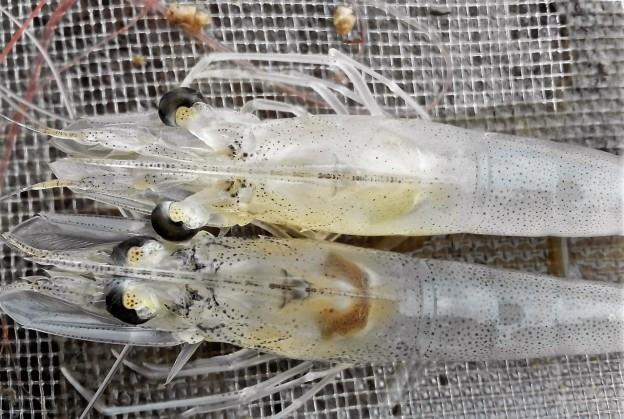Shrimp diseases caused by viruses have become a frightening spectre haunting farmers and can strike at any time. These diseases can cause mass mortality and a decrease in production, triggering significant losses. As one of the most demanded seafood commodities in the world, shrimp demand has been consistently rising. However, this industry often faces threats posed by diseases caused by viruses. What are these diseases? Find out more in the following article!

Threats of Shrimp Diseases Caused by Viruses Shrimp diseases caused by viruses can pose a serious threat to the fishing industry.
These viruses spread quickly among dense shrimp populations, as often seen in shrimp ponds or farms. Environmental factors such as water quality, population density, and poor sanitation conditions can trigger the rapid spread of these diseases.
Impact of Shrimp Diseases Due to Viruses Diseases caused by viruses in shrimp have adverse effects on aquaculture industries. Economic losses caused by mass shrimp deaths, decreased production, and crop failures have become serious problems for shrimp farmers.
Moreover, these diseases can also disrupt the balance of aquatic ecosystems. Mass deaths of virus-infected shrimp can increase pollution levels in water environments and threaten environmental sustainability.
Control and Prevention Efforts Experts and shrimp farmers continue to make efforts to control and prevent the impact of viral diseases on shrimp.


